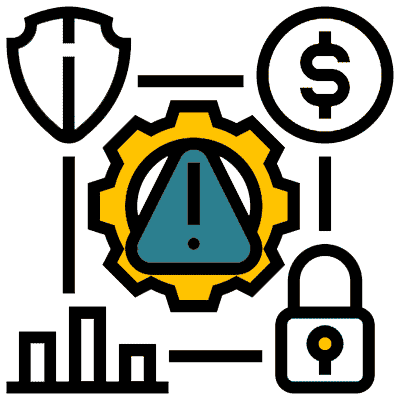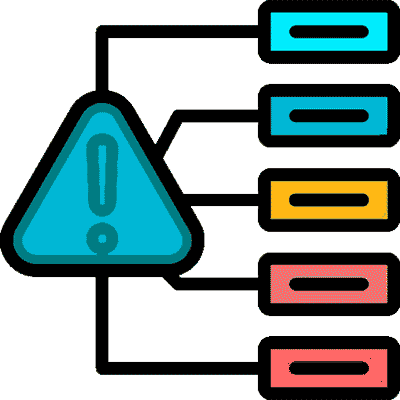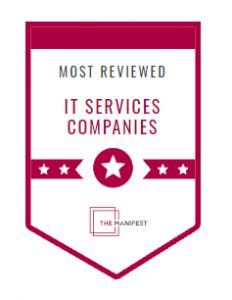Risk Management Professionals at Your Service
Trilight Security understands the importance of safeguarding your organization’s assets against cybersecurity threats. That’s why we offer a range of risk management services to help you identify, assess, and manage cybersecurity risks.
Our team of experienced cybersecurity professionals will work closely with your organization to understand your specific needs and requirements and develop customized risk management strategies to mitigate identified risks. We take a proactive approach to cybersecurity risk management. Our risk management services are designed to help you reduce the likelihood of cybersecurity incidents and minimize the impact of any incidents that do occur.
Our Offering
Assessment

We will identify and assess risks to your information and systems with vulnerability assessments, pentests, and compliance assessments.
Mitigation

We will develop and implement strategies to mitigate identified risks, help implement security controls, policies and procedures.
IR Planning

Our experts will develop and implement plans and procedures for responding to cybersecurity incidents and breaches: IRP, BCP, DRP etc.
Compliance

We help you comply with cybersecurity regulations and standards, including implementation of policies and procedures.
Security Awareness

We will train your staff on cybersecurity best practices and procedures, to improve their ability to identify and respond to risks.
Managed Security

We are the MSSP, and will provide you with managed security as well as managed detection and response services 24/7.
Risk Management Project
The stages of a cybersecurity risk management project can vary depending on the organization’s needs and requirements. Certainly, there exist some common stages that are typically involved in a cybersecurity risk management project, and here they are:
- Information Security Policy: A comprehensive policy document that outlines the organization’s security measures and procedures.
- Planning: This stage involves defining the scope of the project, identifying stakeholders, and setting objectives and goals. It also involves developing a project plan, including a timeline and budget.
- Risk Assessment: This stage involves identifying and assessing risks to the organization’s assets, including data, systems, and networks. It involves evaluating the likelihood and impact of risks, as well as their potential consequences.
- Risk Treatment: This stage involves developing and implementing strategies to mitigate identified risks. This may include the selection and implementation of security controls, as well as policies and procedures to manage risks.
- Monitoring: This stage involves ongoing monitoring and review of the effectiveness of risk treatment strategies. It includes periodic risk assessments, testing of security controls, and continuous monitoring of security events and incidents.
- Reporting: This stage involves reporting on the results of the risk management project to stakeholders, including senior management, regulators, and customers. It includes documentation of the risk management process, as well as the results of risk assessments and testing.
- Review: This stage involves periodically reviewing the risk management process and making improvements as necessary. It may involve updating the risk assessment, revising risk treatment strategies, or making changes to policies and procedures.
Overall, a cybersecurity risk management project involves a continuous cycle of planning, assessing, treating, monitoring, reporting, and reviewing risks to the organization’s assets. It is an ongoing process that requires regular attention and effort to maintain the security and resilience of an organization’s information and systems.
Our Benefits
Top Certifications
Our experts possess certifications, such as CISSP, CISA, CISM, CRISC, CompTIA Security+ and other essential for risk management.
Rich Deliverables
Our experts provide risk assessment, management, incident response plans, as well as other documents and deliverables required for risk handling.
Best Methodologies
Our experts conduct risk management projects using best practices and industry standard methodologies.
Cost Efficiency
One of our key advantages is the access to top talents with many years of experience in demanding environments at affordable costs.
Risk Management Project Deliverables
The deliverables of a risk management project by Trilight Security are always tailored to the specific needs and requirements of our customer, as well as the scope and objectives of the project. Standard deliverables that we produce as part of our risk management projects, usually include:
- Risk Management Plan: This document outlines the scope of the project, the objectives and goals, and the strategies and methodologies to be used in the project. It may also include a timeline, budget, and resource requirements.
- Risk Assessment Report: This document identifies and assesses risks to the organization’s assets, including data, systems, and networks. It includes an evaluation of the likelihood and impact of risks, as well as their potential consequences.
- Risk Treatment Plan: This document outlines the strategies and controls to be implemented to mitigate identified risks. It includes policies, procedures, and guidelines for managing risks, as well as the selection and implementation of security controls.
- Security Controls Assessment Report: This document evaluates the effectiveness of implemented security controls in mitigating identified risks. It includes the results of testing and evaluation of security controls, as well as recommendations for improvement.
- Incident Response Plan: This document outlines the procedures and guidelines to be followed in the event of a security incident or breach. It includes roles and responsibilities, escalation procedures, and communication protocols.
- Risk Monitoring and Reporting Plan: This document outlines the processes and procedures for ongoing monitoring and reporting of risks to the organization’s assets. It includes the frequency and methods of monitoring, as well as reporting requirements and communication channels.
Overall, the deliverables of a risk management project are intended to provide a comprehensive and effective approach to managing risks to an organization’s assets, and to ensure the ongoing security and resilience of the organization’s information and systems.
Risk Management Methodologies
There are several methodologies used for cybersecurity risk management projects, and the selection of a particular methodology depends on the specific needs and requirements of the organization. Here are some of the most commonly used methodologies: NIST Cybersecurity Framework; ISO 27001; OCTAVE (Operationally Critical Threat, Asset, and Vulnerability Evaluation); FAIR (Factor Analysis of Information Risk); CIS Controls.
Overall, the selection of a methodology depends on the organization’s specific needs and requirements. It’s essential to consider factors such as the organization’s size, complexity, industry, and risk tolerance when selecting a methodology. The cybersecurity risk management project team should carefully evaluate each methodology’s strengths and weaknesses to select the one that best fits the organization’s needs.
Our Recognition














